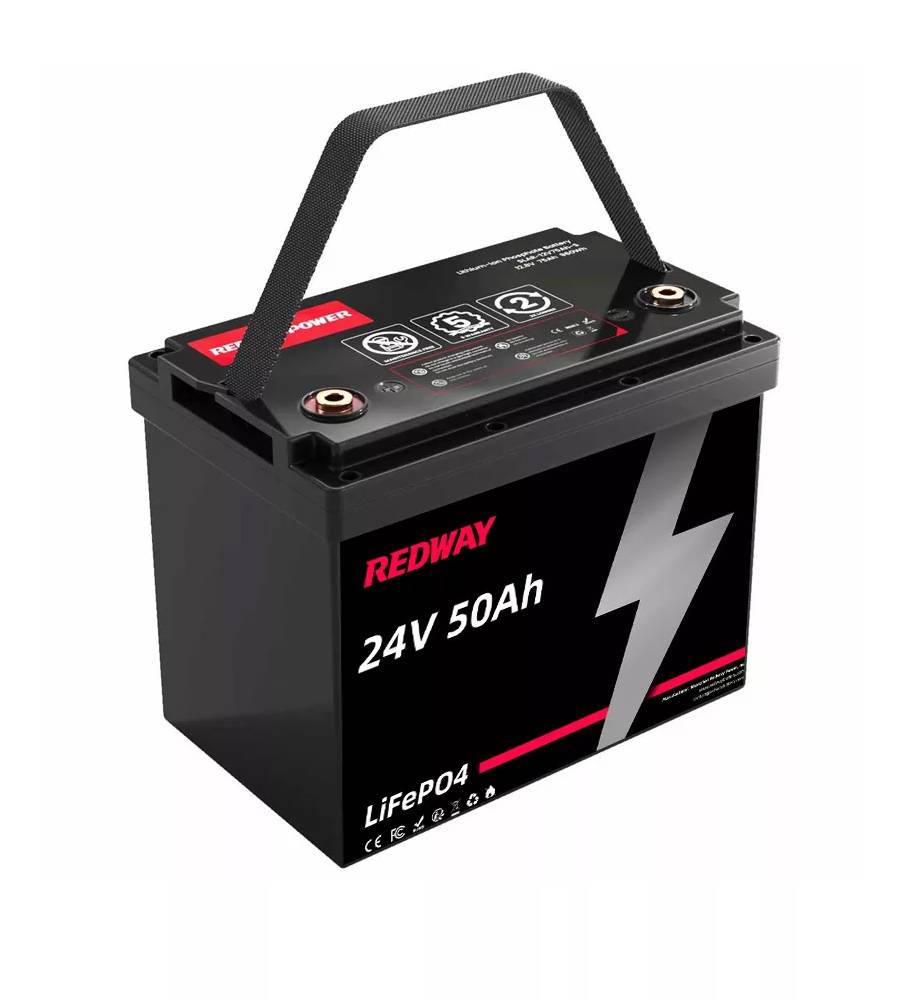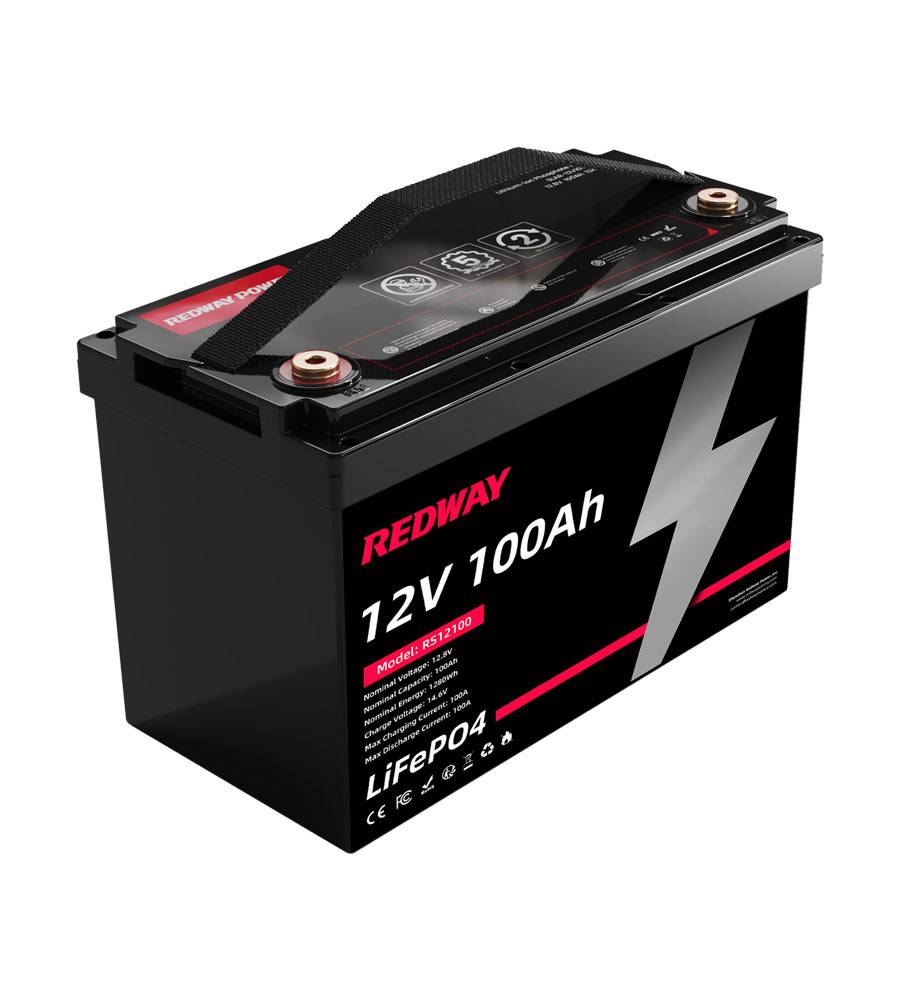- Lithium Golf Cart Battery
- Forklift Lithium Battery
-
48V
- 48V 210Ah
- 48V 300Ah
- 48V 420Ah (949 x 349 x 569 mm)
- 48V 420Ah (950 x 421 x 450 mm)
- 48V 456Ah
- 48V 460Ah (830 x 630 x 590 mm)
- 48V 460Ah (950 x 421 x 450 mm)
- 48V 460Ah (800 x 630 x 600 mm)
- 48V 460Ah (820 x 660 x 470 mm)
- 48V 500Ah
- 48V 560Ah (810 x 630 x 600 mm)
- 48V 560Ah (950 x 592 x 450 mm)
- 48V 600Ah
- 48V 630Ah
-
48V
- 12V Lithium Battery
12V 150Ah Lithium RV Battery
Bluetooth App | BCI Group 31
LiFePO4 Lithium
Discharge Temperature -20°C ~ 65°C
Fast Charger 14.6V 50A
Solar MPPT Charging - 24V Lithium Battery
- 36V Lithium Battery
- 48V Lithium Battery
-
48V LiFePO4 Battery
- 48V 50Ah
- 48V 50Ah (for Golf Carts)
- 48V 60Ah (8D)
- 48V 100Ah (8D)
- 48V 100Ah
- 48V 100Ah (Discharge 100A for Golf Carts)
- 48V 100Ah (Discharge 150A for Golf Carts)
- 48V 100Ah (Discharge 200A for Golf Carts)
- 48V 150Ah (for Golf Carts)
- 48V 160Ah (Discharge 100A for Golf Carts)
- 48V 160Ah (Discharge 160A for Golf Carts)
-
48V LiFePO4 Battery
- 60V Lithium Battery
-
60V LiFePO4 Battery
- 60V 20Ah
- 60V 30Ah
- 60V 50Ah
- 60V 50Ah (Small Size / Side Terminal)
- 60V 100Ah (for Electric Motocycle, Electric Scooter, LSV, AGV)
- 60V 100Ah (for Forklift, AGV, Electric Scooter, Sweeper)
- 60V 150Ah (E-Motocycle / E-Scooter / E-Tricycle / Tour LSV)
- 60V 200Ah (for Forklift, AGV, Electric Scooter, Sweeper)
-
60V LiFePO4 Battery
- 72V~96V Lithium Battery
- Rack-mounted Lithium Battery
- E-Bike Battery
- All-in-One Home-ESS
- Wall-mount Battery ESS
-
Home-ESS Lithium Battery PowerWall
- 24V 100Ah 2.4kWh PW24100-S PowerWall
- 48V 50Ah 2.4kWh PW4850-S PowerWall
- 48V 50Ah 2.56kWh PW5150-S PowerWall
- 48V 100Ah 5.12kWh PW51100-F PowerWall (IP65)
- 48V 100Ah 5.12kWh PW51100-S PowerWall
- 48V 100Ah 5.12kWh PW51100-H PowerWall
- 48V 200Ah 10kWh PW51200-H PowerWall
- 48V 300Ah 15kWh PW51300-H PowerWall
PowerWall 51.2V 100Ah LiFePO4 Lithium Battery
Highly popular in Asia and Eastern Europe.
CE Certification | Home-ESS -
Home-ESS Lithium Battery PowerWall
- Portable Power Stations
How Are Deep-Cycle Batteries Constructed Differently? Exploring the Design and Benefits

Deep-cycle batteries are specifically designed to provide sustained power over extended periods, making them ideal for applications such as renewable energy systems, electric vehicles, and marine use. Understanding how these batteries are constructed—particularly flooded, AGM (Absorbed Glass Mat), and lithium—can help users select the right type for their needs while maximizing performance.
What are deep-cycle batteries and how do they differ from other types?
Deep-cycle batteries are designed to be discharged more deeply than standard lead-acid batteries, allowing them to provide a steady flow of energy over a longer duration. Unlike starter batteries, which deliver short bursts of power to start engines, deep-cycle batteries can be discharged down to 20% capacity without significant damage. This characteristic makes them suitable for applications requiring prolonged energy supply.
| Battery Type | Discharge Depth | Typical Applications |
|---|---|---|
| Deep-Cycle | 20%-80% | RVs, golf carts, solar systems |
| Starter | 5%-10% | Cars, motorcycles |
How is a flooded deep-cycle battery constructed?
Flooded deep-cycle batteries consist of lead plates submerged in a liquid electrolyte solution (sulfuric acid mixed with water). The construction process involves:
- Lead Plate Formation: Thin lead plates are cast into grids that will serve as electrodes.
- Electrolyte Filling: The plates are immersed in an electrolyte solution that facilitates chemical reactions.
- Sealing: The battery is sealed to prevent leakage while allowing ventilation during charging.
Flooded batteries require regular maintenance, including checking water levels and ensuring proper ventilation to avoid gas buildup.
| Construction Step | Description |
|---|---|
| Lead Plate Formation | Casting lead into grid shapes |
| Electrolyte Filling | Immersing plates in sulfuric acid solution |
| Sealing | Sealing the battery while allowing gas escape |
What is the construction process for AGM deep-cycle batteries?
AGM (Absorbed Glass Mat) deep-cycle batteries utilize a different design approach:
- Glass Mat Separator: A fiberglass mat absorbs the electrolyte, keeping it in place and preventing spills.
- Sealed Design: The construction is sealed, making these batteries maintenance-free.
- Plate Arrangement: The lead plates are stacked vertically or horizontally within the case to optimize space and efficiency.
AGM batteries provide better vibration resistance and can be used in various orientations without risk of leakage.
| Construction Feature | Description |
|---|---|
| Glass Mat Separator | Absorbs electrolyte to prevent spills |
| Sealed Design | Maintenance-free operation |
| Optimized Plate Layout | Enhances efficiency and space utilization |
How are lithium deep-cycle batteries designed?
Lithium deep-cycle batteries represent a modern advancement in battery technology:
- Lithium-Ion Chemistry: These batteries use lithium-ion cells that offer high energy density and efficiency.
- Battery Management System (BMS): Integrated BMS monitors performance, manages charging cycles, and protects against overcharging or overheating.
- Lightweight Construction: Lithium batteries are significantly lighter than lead-acid counterparts due to their advanced materials.
This design allows lithium batteries to deliver superior performance with longer lifespans compared to traditional options.
| Design Feature | Description |
|---|---|
| Lithium-Ion Chemistry | High energy density and efficiency |
| Integrated BMS | Protects against overcharging and overheating |
| Lightweight Construction | Easier handling and installation |
What are the benefits of using deep-cycle batteries in various applications?
Deep-cycle batteries offer numerous benefits across different applications:
- Longer Lifespan: With proper care, they can last significantly longer than standard batteries.
- High Discharge Depth: They can be discharged deeply without damage, making them suitable for prolonged use.
- Versatility: Suitable for various applications including renewable energy systems, marine use, RVs, and electric vehicles.
These advantages make them an optimal choice for users requiring reliable power over extended periods.
How does the construction of deep-cycle batteries impact their performance?
The construction of deep-cycle batteries directly influences their performance characteristics:
- Plate Thickness: Thicker plates in deep-cycle designs allow for deeper discharges without damage.
- Separator Materials: Advanced separators like glass mats improve efficiency by minimizing internal resistance.
- Chemistry Choices: Different chemistries (lead-acid vs lithium) affect energy density, weight, charging speed, and lifespan.
Understanding these aspects helps users select the right battery type based on their specific needs.
Industrial News
Recent advancements in battery technology have led to significant improvements in both lithium-ion and lead-acid options for various applications including renewable energy storage and electric vehicles. Manufacturers are focusing on enhancing energy density while reducing costs associated with production. As consumers become more environmentally conscious, innovations continue to shape the future of sustainable energy solutions.
Redway Power Insight
“Choosing the right type of deep-cycle battery is crucial for ensuring optimal performance in any application,” states an expert at Redway Power. “By understanding how different constructions impact functionality, users can make informed decisions that enhance their overall experience.”
FAQ Section
- How long do deep-cycle batteries typically last?
- Lifespan varies by type: flooded (3-5 years), AGM (4-7 years), lithium (up to 10 years).
- Can I mix different types of deep-cycle batteries?
- It’s best not to mix battery types as they have different charging profiles which can lead to inefficiencies.
This comprehensive guide explores how deep-cycle batteries are constructed differently from other types while highlighting their unique features and benefits across various applications.














